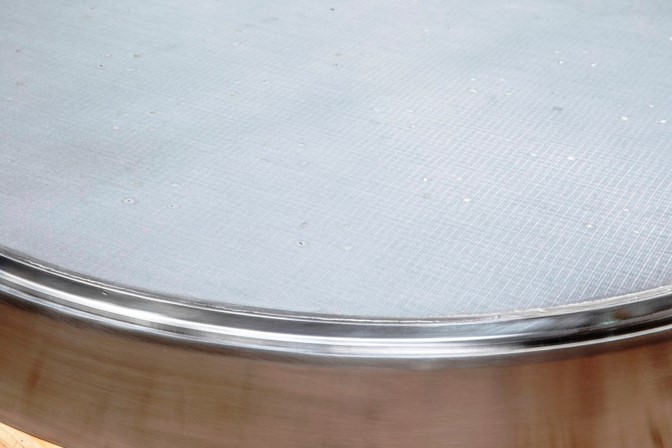
Foreign Object Debris (FOD) is an expression borrowed from the aeronautic world. While it normally describes foreign objects that can damage an aircraft during operation, in the API industry, it defines all objects that could accidentally fall inside a product, thereby contaminating it.
The presence of a FOD inside an API (as well as a chemical) production batch has important consequences:
Another complicating factor of FODs is that they are difficult to detect as they can become hidden inside the machine.

Minimizing FOD release in an API plant means performing a deep analysis on how they can be generated. A multifactorial approach must be used, as different aspects of a chemical plant can be a source of debris:
This paper aims to focus on the last two issues. In particular, how to design and build process vessels like:
FOD sources generated by process vessels are linked to:

Correct design in vessel shape and in the CIP system can minimize cross contamination. An excellent CIP system cannot attain the desired level of performance if the vessel is not designed in the right way (and the opposite is also true).
Aside from the functional aspects of the machine, the main target of vessel design has to be dead area minimization:
A correct approach to the CIP system design for vessels should take into consideration many parameters, not limited to the vessel itself:
Starting with these data, CIP system design normally leads to:
On the Main Vessel:
On dust filters:
On Discharge Valves for solid products:

Minimizing falling components means minimizing parts that can potentially fall. From a design point of view, this means an extended use of welded and static components. In detail:
This approach, when required, totally avoids falling components under normal operating conditions, but makes vessel maintenance a little bit more difficult. In many cases, a tradeoff between these two scenarios must be made.
Material crumbling can happen on:
The way to minimize this issue is:

Mechanical seal and filtering sheet solutions can have an important impact, since many aspects of these parts can be a potential source of FOD.
The seal can generate the release of:
Both aspects can be solved using a mechanical seal lift off design. This solution, despite many advantages, can be used only if a reliable nitrogen source is available, in terms of pressure and flow. In the event that these conditions are not available, it is possible to use a dry running mechanical seal nitrogen fluxed, equipped with a sanitary tray for collecting particles released by seal rings.
Filtering media plays an important role in all aspects of FOD minimization, but in many cases, designers cannot freely choose the solution, as its design is driven by process constraints.
Multilayer sintered filtering media can be considered the best solution for FOD minimization, as it provides filtering elements:

After design and construction, during the acceptance visit, the quality of the vessel design from an FOD point of view has to be checked. Mandatory tests should include:

Delta engineers have spent years examining the various sources of FODs in process vessels. Their vast experience in the area has helped them not only to understand what causes them, but also how to avoid them. Consequently, they have implemented solutions to the problem into the designs of various Delta machines. Avoiding FODs is not an afterthought for Delta, but an essential part of its product solutions.
Delta understands the importance of addressing FODs because of the severity of the issues that can arise as a result of them. As such, all Delta machines offer some level of protection against them.
